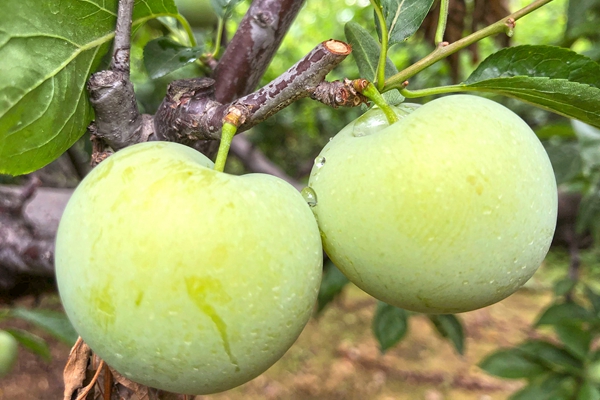Tiger Hill
Updated: 2012-03-09

This sits 3.5 kilometers to the northwest of the downtown area and has the reputation of being the most beautiful scenic spot in Jiangsu province. Su Dongpo, a famous Song Dynasty poet, spoke fondly of Tiger Hill, saying, “It’s a pity not to visit Tiger Hill when travelling in Suzhou.”
Tiger Hill is an attractive, meaningful tourist destination and as far back as the late Spring and Autumn period (475-221 BC), Fu Chai, the King of Wu, buried his father on the hill. Three days after the funeral was held, a white tiger was spotted atop the hill, hence the name.
The brothers Wang Xun and Wang Min, senior officials during Eastern Jin Dynasty (AD 316-420), built villas on the hill then, later, donated the residences to be used as Tiger Hill Temple. During the Tang, so that it would not conflict with the Taizu emperor’s title, the temple was renamed Wuqiu Bao’en Temple.
In 825-826, Bai Juyi, the famous Tang poet serving as the governor of Suzhou, asked the people to dig a canal at the hill foot and to build a dam on it, which was known as Baidi (now Shantang St). The work was done so that water would run around the hill to provide a quiet, secluded, scenic spot.
During the reign of the Zhidao emperor of the early Song Dynasty (995-997), the temple was rebuilt and renamed the Yunyan Temple. It was listed as one of the 10 most important Buddhist Temples on the five famous mountains, during the Song dynasty, and it is a magnificent sight, solid, with pagodas and pavilions tucked away among the trees. From the Song to the Qing, the temple was badly damaged several times but the remaining architecture was refurbished during the Tongzhi and Guangxu periods of the Qing (1862-1908), with the exception of the Yunyan Tower and Second Mountain Gate.
The Tiger Hill gives an impression of serenity with its pagoda and temple. The 1,000-year-old Yunyan Temple and pagoda appear plain, yet they are remarkable structures.
Broken-Beam Hall, from the Yuan Dynasty, is a fantastic structure in its own right. There are many other scenic spots with legendary fame, such as “sword pond” on the precipice, “flying-girder gully”, a cliff pavilion, Hanhan Spring to the front of the hill, “try-the-sword rock”, Zhenniang Tomb, “thousand-men rock”, “two immortals pavilion”, “white lotus pond”, “nodding rock”, “two hanging buckets”, and “sword pond”.
Tourists can visit the older part of Suzhou and enjoy the scenes of the surrounding countryside by visiting Xiaowu Pavilion, Wangsu, or the Zhishuang Pavilion on top of the hill.
Ticket prices: 40 yuan/person, off-season; 60 yuan/person, peak tourist season
Peak season: Apr 16-Oct 30; off-season: Oct 31-Apr 15
Address: No8 Huqiu mountain gate
Tel: 65323488
Getting there: Tiger Hill is about three kilometers from the Suzhou Railway Station. Take tourist bus Nos1 and 2, or busses No8, 32, 146, or 949.
Tel:0510-81178873
E-mail:haiyulu@163.com


